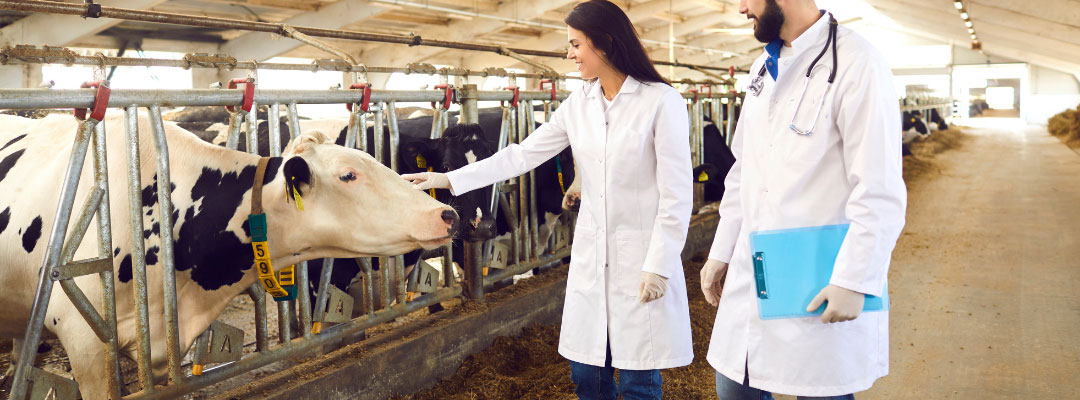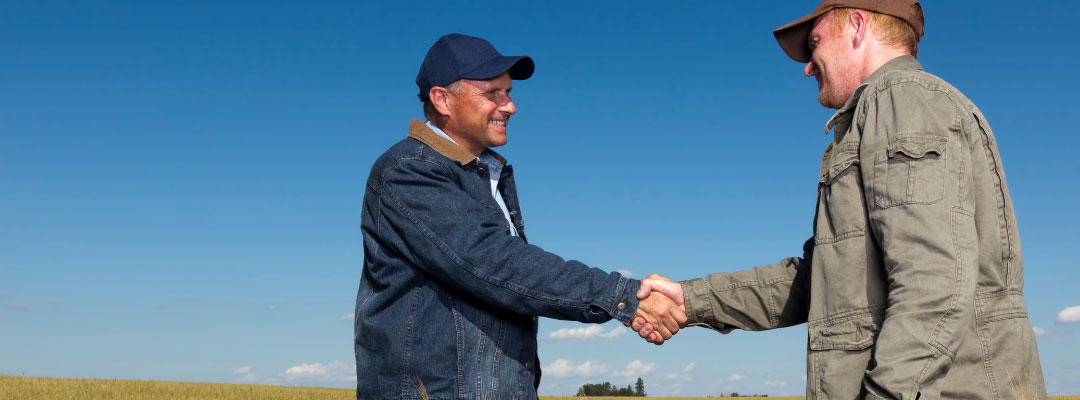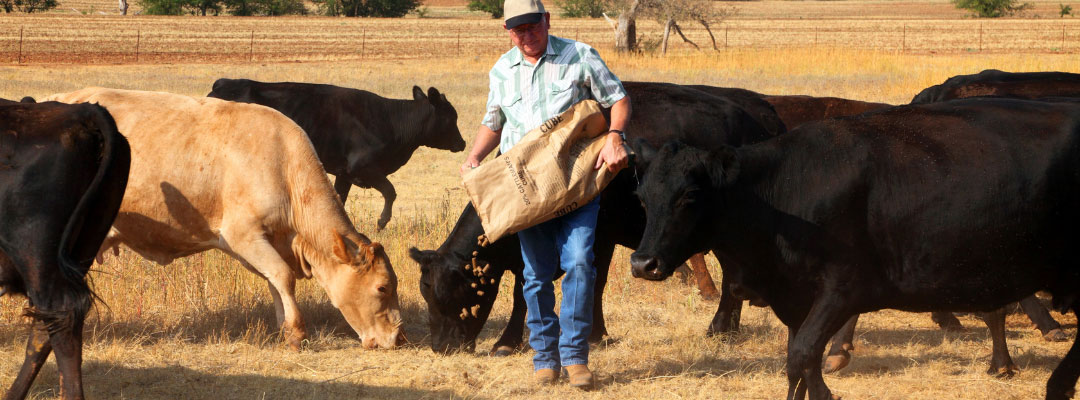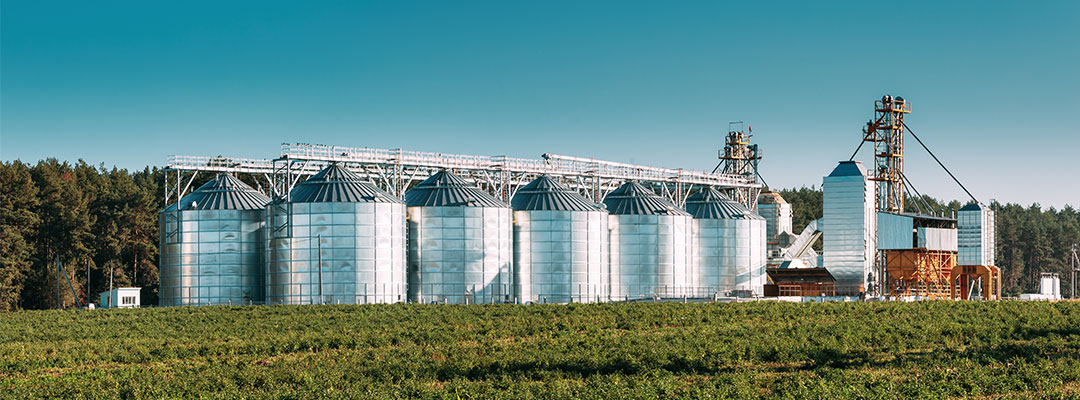Rural communities frequently lack access to veterinary care, for both companion animals and livestock. This unmet need poses a threat to animal health and wellness, as well as ranch and rural community viability. The demand for veterinarians in rural communities is strong; however, fewer veterinarians opt to start a career in rural areas. Concerns about reduced economic opportunities and social experiences in less populated areas contribute to veterinarians’ and their families’ hesitation to locate in rural communities. Distance, lack of accessibility, and concerns about both economic viability of rural practices and hours on-call also have an impact.
The use of telehealth in both animal and human health has been on the rise since the start of the COVID-19 pandemic, allowing many practices to expand and providing access to more clientele. Keeping up with the advancements of digital information is crucial for telehealth in rural areas and requires viable broadband internet services. Rural areas continue to lag urban areas in both broadband availability and adoption, but ongoing public and private efforts continue to build rural broadband capabilities.
The need for veterinarians located in rural areas will remain. However, telemedicine may provide opportunities both for rural vets and for the ranchers and rural residents who need their services. For example, telemedicine may provide access to specialists in more populated areas. Ranchers may also be able to communicate with their vet virtually (after they have an established relationship), saving travel time.
In recent work, stronger ranch-veterinary relationships supported higher net revenues of $128.25 per cow plus an additional $24/cow increase in profit from reduced death loss of yearlings. Across 5,000 head, higher ranch incomes created an estimated $338,700 in output, including $79,500 in additional labor income, and 2.4 jobs in the county economy.
Gains net revenue were estimated after accounting for higher veterinary, feed, supplement, and other costs. In one rural Texas county (population under 15,000), an estimated $60,000 in additional veterinary expenditures resulted in $72,600 output and an additional job in the county. The largest dollar (output) impacts accrued to a wide range of businesses beyond veterinary services, including real estate, banking, restaurants, electric utilities, and general merchandise retail. Equally important, the presence of a veterinarian may help recruit and retain other economic activities.
King, Kallie, and Rebekka Duddensing. “The Importance of Veterinarians in Rural Communities“. Southern Ag Today 2(40.5). September 30, 2022. Permalink







